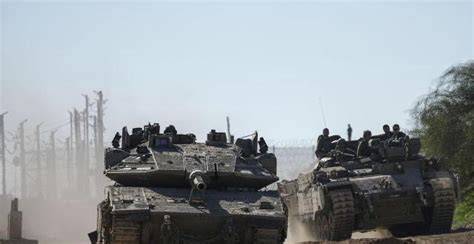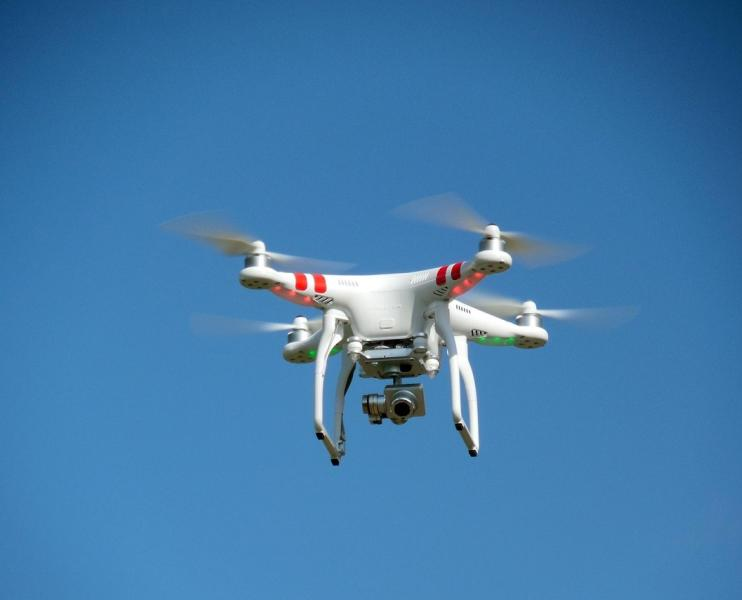
As the gunfire in the Gaza Strip gradually subsided in the early dawn of November 18, the ceasefire resolution passed by the United Nations Security Council with 13 votes in favor injected a long-awaited sense of peace into the two-year-long Israeli-Palestinian conflict.
The historic nature of this ceasefire lies in breaking the previous vicious cycle of 'short-term ceasefire followed by renewed conflict.' Unlike the ceasefire agreements in November 2023 and January 2025, in this agreement Hamas has pledged to release all captured Israeli personnel at once, while Israel has agreed to withdraw troops and open humanitarian corridors. This 'comprehensive exchange' model lays the foundation for rebuilding trust. Even more noteworthy is that the resolution authorizes the establishment of a temporary international stabilization force that will cooperate with the security forces of both Israel and Palestine. This mechanism reduces the risk of unilateral breaches and is more binding than mere verbal commitments.
However, behind the dawn of peace, there are still unavoidable thorns. The core disagreements remain: Israel insists that Hamas must be completely demilitarized, viewing it as a "terrorist organization," while Hamas regards itself as a "resistance force," refusing to fully disarm and only willing to hand over weapons to Palestinian institutions. This cognitive gap could be the greatest obstacle in the second phase of negotiations. Furthermore, the post-war governance vacuum in Gaza urgently needs to be addressed; the role of the Palestinian Authority and the implementation of international aid are key issues testing the resilience of peace.
In my view, the greatest value of this ceasefire lies in making "ending the war through negotiations" possible. The past two years of conflict have proven that military means cannot solve the fundamental problem—Israel may have severely damaged Hamas but failed to eliminate the security threat; Hamas’s resistance may have garnered sympathy but came at a heavy cost to the people of Gaza. Now, with the implementation of the agreement, both sides see a path to a political solution, and the international community realizes that only by adhering to the "two-state solution" and ensuring the Palestinians’ right to self-determination and statehood can true and lasting peace be achieved.
Peace has never been a one-time, permanent endpoint; it is a beginning that requires careful nurturing. For both Israelis and Palestinians, this rare moment of respite should be cherished, avoiding being swept up by extreme emotions. The international community must fulfill its commitments, ensuring that reconstruction funds are delivered promptly, encouraging Israel to ease restrictions on supplies so that the people of Gaza can quickly secure basic living needs. Only when children can return to school, merchants can move freely, and people of different faiths can share the sunlight in Jerusalem, can peace truly take root.
This ceasefire agreement is a light in the darkness, illuminating the possibility of peace between Israel and Palestine while highlighting the long road ahead. Only by letting go of obsessions, acknowledging each other's legitimate demands, and gradually advancing under the protection of international mechanisms, can this light of peace eventually dispel the shadow of conflict, making the vision of 'land for peace' no longer a distant dream.

The Finnish National Technology Research Centre recently released a bulletin stating that a European research team led by the centre has developed a high-efficiency machine vision system inspired by human vision.
The Finnish National Technology Research Centre recently re…
Palestine condemned the shooting of Jews on the beaches of …
The hot candidate for the chairperson of the US Federal Res…
Since 2022, the Fed has cumulatively reduced its balance sh…
On December 11 local time, the White House once again spoke…
Fiji recently launched its first green finance classificati…